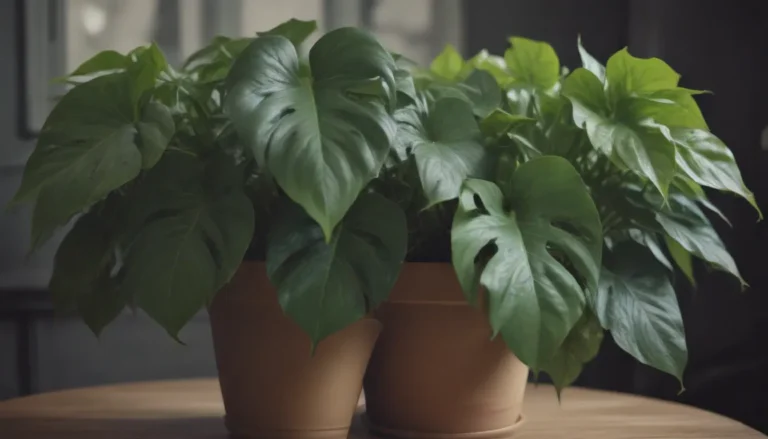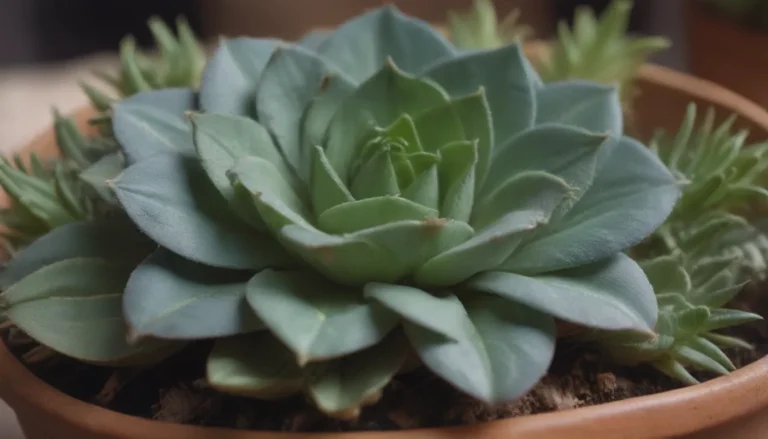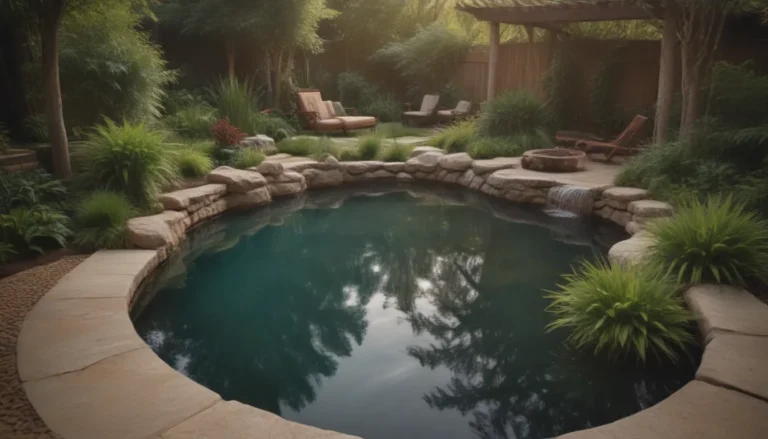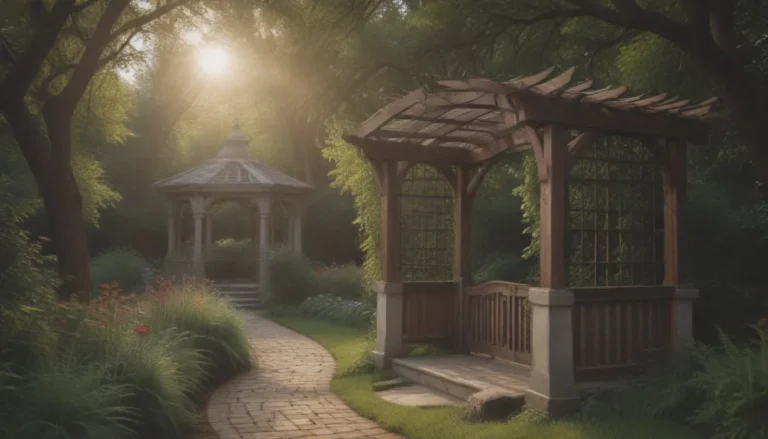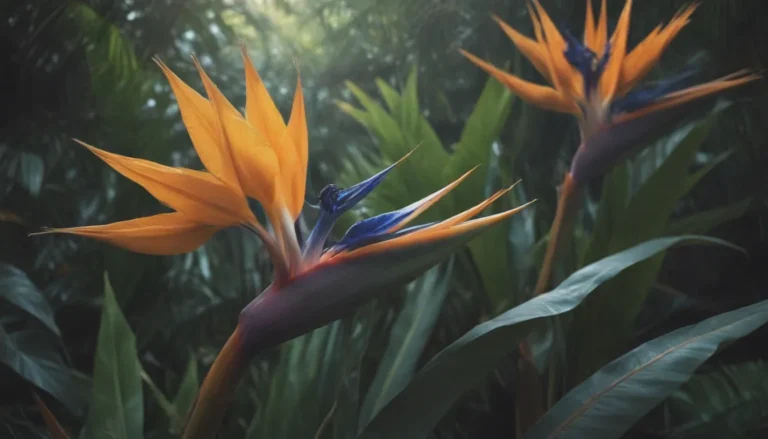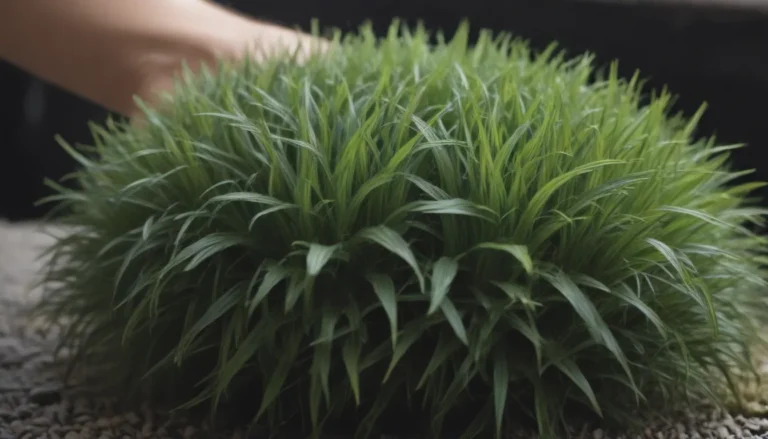Top 10 Maple Trees for Stunning Fall Foliage
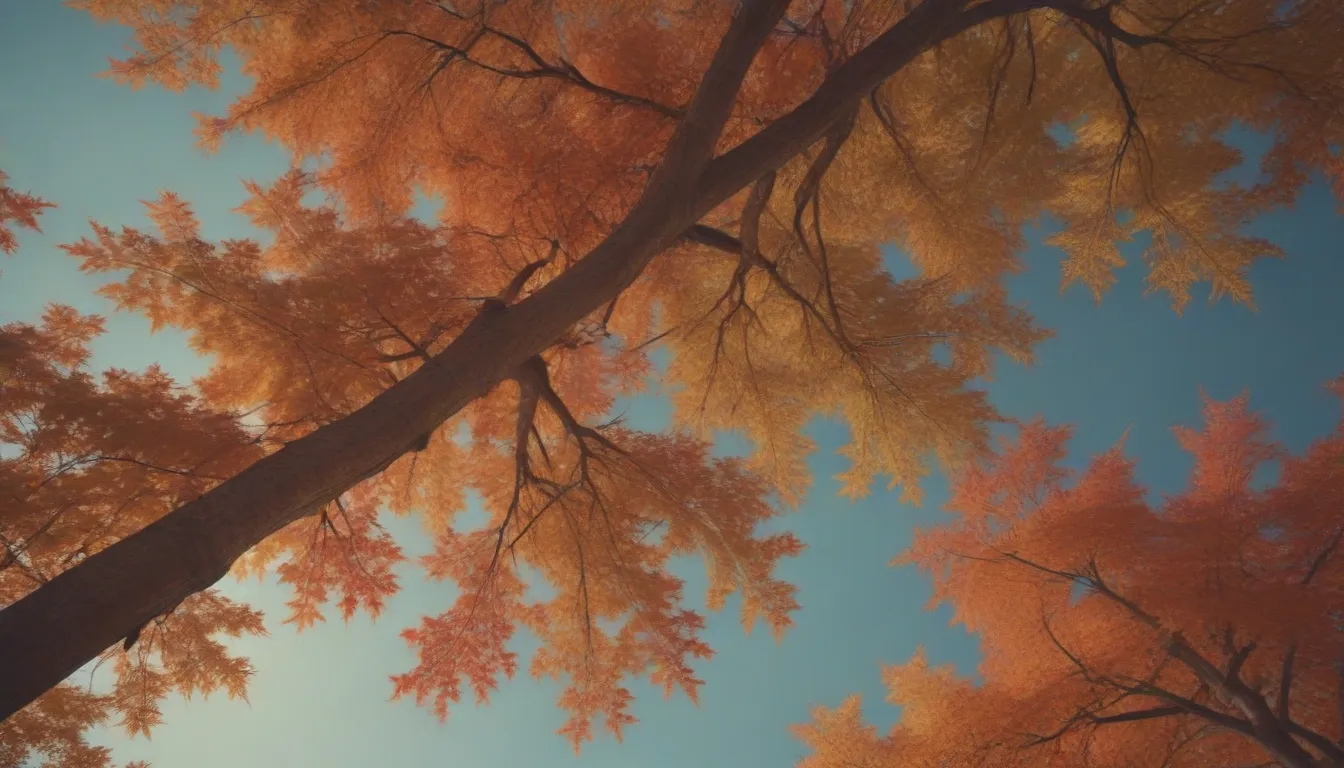
As the vibrant colors of autumn begin to paint the landscape, one tree stands out above the rest for its exquisite display of reds, oranges, and yellows – the maple tree. Native to eastern North America, maple trees are synonymous with the beauty of fall foliage, creating a picturesque scene that captures the essence of the season. While weather conditions play a significant role in the intensity of color, selecting the right maple tree for your landscape can ensure a stunning fall display year after year.
In this comprehensive guide, we will explore the top 10 maple trees known for their brilliant fall colors, highlighting key features, growing zones, and tips for optimal care. Whether you’re looking to add a touch of autumn magic to your yard or simply appreciate the beauty of nature, these maple trees are sure to make a statement in your outdoor space.
Red Maple (Acer rubrum)
Native Area: North America
The red maple, also known as Acer rubrum, is a versatile choice for adding vibrant fall color to your landscape. While the color of its foliage may vary from yellow to orange, under optimal conditions, this tree can produce a lovely shade of red that transitions from yellow-orange. Cultivars like ‘Franksred,’ sold as Red Sunset, are known for their reliable red color and manageable height of 50 feet. Ideal for USDA growing zones [insert zones], Red Maples thrive in well-drained, slightly acidic soil and require adequate sunlight for optimal growth.
Autumn Blaze Maple (Acer x freemanii ‘Jeffersred’ Autumn Blaze)
Native Area: Hybrid
A cross between red and silver maples, the Autumn Blaze Maple, or Acer x freemanii ‘Jeffersred,’ is a popular choice for its striking fall foliage. With medium-green leaves that turn orange-red to scarlet in autumn, this medium-sized tree boasts a dense, broad-oval crown and minimal seed production. Perfect for USDA growing zones [insert zones], the Autumn Blaze Maple thrives in various soil types and sun exposures, making it a versatile addition to any landscape.
Sugar Maple (Acer saccharum)
Native Area: North America
Renowned for its role in maple syrup production, the Sugar Maple, or Acer saccharum, is a majestic tree known for its impressive height and colorful foliage. With shades of yellow, orange, and red that contrast beautifully with its dark trunk and branches, Sugar Maples make a stunning addition to any yard. Cultivars like ‘Bailsta,’ sold as Fall Fiesta, offer improved tolerance to urban conditions and deeper orange-red colors that last longer than other red maples. Ensure your Sugar Maple thrives in USDA growing zones [insert zones] with adequate sunlight and well-drained soil.
Black Maple (Acer saccharum subsp. nigrum)
Native Area: North America
A close relative of the Sugar Maple, the Black Maple, or Acer saccharum subsp. nigrum, offers a unique twist with its nearly black bark and vibrant fall foliage. Featuring shades of yellow, orange, or deep red leaves, this tree creates a striking contrast in any landscape. Similar to the Sugar Maple, the Black Maple thrives in USDA growing zones [insert zones] and requires ample sunlight and well-drained soil for optimal growth.
Norway Maple (Acer platanoides)
Native Area: Europe
While not as showy as some other maple varieties, the Norway Maple, or Acer platanoides, offers a reliable pop of yellow in the fall. Adaptable to various soil types and environmental conditions, Norway Maples are a resilient choice for urban landscapes. However, caution is recommended as they can be invasive in certain regions of North America. For a more vibrant fall display, consider planting red or sugar maples instead. Ensure your Norway Maple thrives in USDA growing zones [insert zones] with appropriate sunlight exposure and regular maintenance.
Amur Maple (Acer tataricum subsp. ginnala ‘Flame’)
Native Area: Asia
Compact and colorful, the Amur Maple, or Acer tataricum subsp. ginnala ‘Flame,’ is a charming addition to any landscape. With brilliant red or occasional yellow foliage in the fall, this tree thrives in full sun and urban conditions. Similar to the Norway Maple, the Amur Maple can be invasive in certain regions, so check local regulations before planting. Ensure your Amur Maple thrives in USDA growing zones [insert zones] with adequate sunlight and well-drained soil.
Striped Maple, Snakebark Maple (Acer pensylvanicum)
Native Area: North America
Also known as Snakebark Maple, the Striped Maple, or Acer pensylvanicum, offers a unique appeal with its yellow fall foliage and striped bark. Ideal for small spaces, this native tree reaches a maximum height of 30 feet and thrives in shady, well-drained soil. With vertical white stripes on its bark and attractive yellow leaves, the Striped Maple adds a touch of elegance to any yard. Ensure your Striped Maple thrives in USDA growing zones [insert zones] with appropriate soil conditions and regular pruning.
Hedge Maple (Acer campestre)
Native Area: Europe
Uniquely suited for tall hedges, the Hedge Maple, or Acer campestre, is a practical choice for creating privacy screens in compacted soil and polluted areas. With a dense growth habit and branching pattern, this slow-growing tree can reach heights of 35 feet if left unchecked. Ideal for USDA growing zones [insert zones], the Hedge Maple thrives in various sun exposures and soil types, making it a versatile option for urban landscapes. Ensure your Hedge Maple receives regular pruning to maintain its desired height and shape.
Japanese Maple (Acer palmatum)
Native Area: Asia
Exquisite and versatile, the Japanese Maple, or Acer palmatum, offers a three-season display of colorful foliage in a compact size. With beautiful chartreuse or deep red leaves in the spring and summer, this tree transitions to yellow, red-purple, and bronze leaves in the fall. Whether grown as a multistemmed shrub or a small specimen tree, Japanese Maples thrive in USDA growing zones [insert zones] with appropriate sunlight exposure and well-drained soil.
Paperbark Maple (Acer griseum)
Native Area: Asia
Known for its ornamental peeling bark and red fall foliage, the Paperbark Maple, or Acer griseum, adds a touch of elegance to any landscape. With attractive shades of red, reddish-green, or orange leaves in the fall, this tree thrives in USDA growing zones [insert zones] with adequate sunlight and well-drained soil. Ideal for adding a unique focal point to your yard, the Paperbark Maple is a charming addition to any outdoor space.
In conclusion, maple trees are a colorful and captivating addition to any landscape, offering a stunning display of fall foliage that captivates the senses. By choosing the right variety of maple tree for your yard and following proper care guidelines, you can enjoy a vibrant and picturesque fall display year after year. Whether you prefer the vibrant reds of the Red Maple or the subtle yellows of the Norway Maple, there is a maple tree to suit every preference and landscape style. So, plant a maple tree today and experience the beauty of fall in your own backyard.
